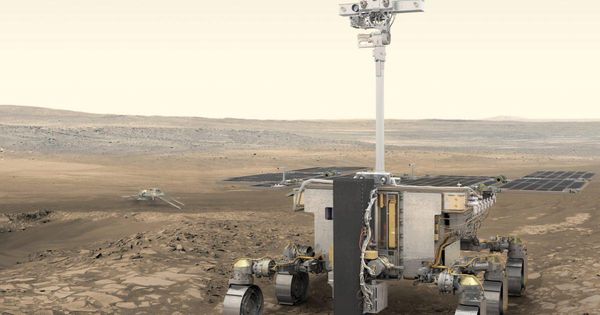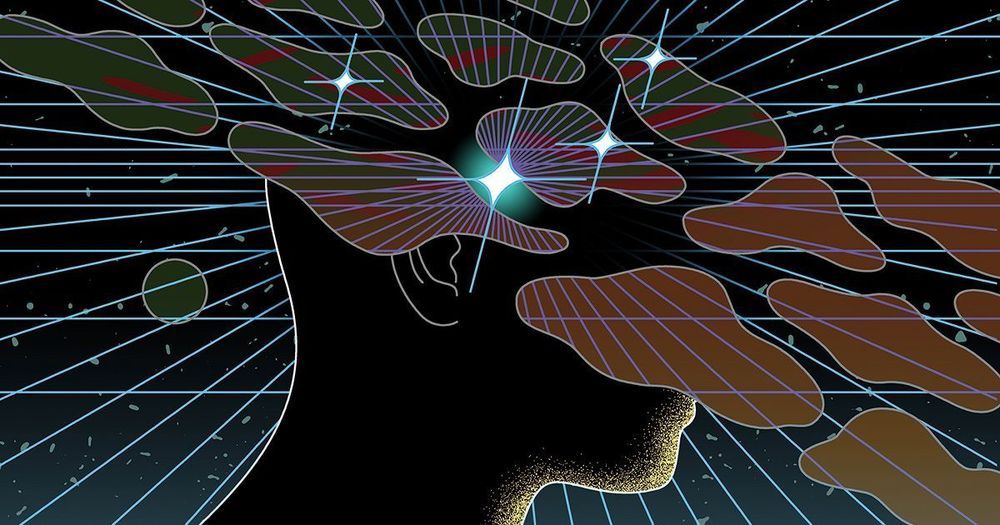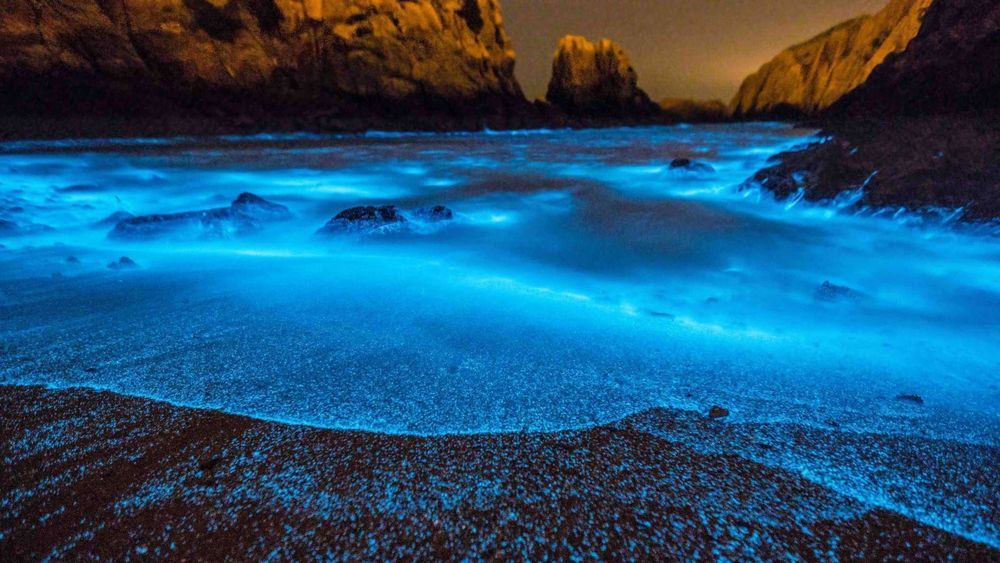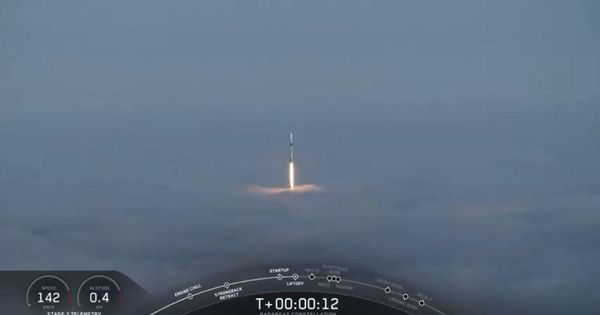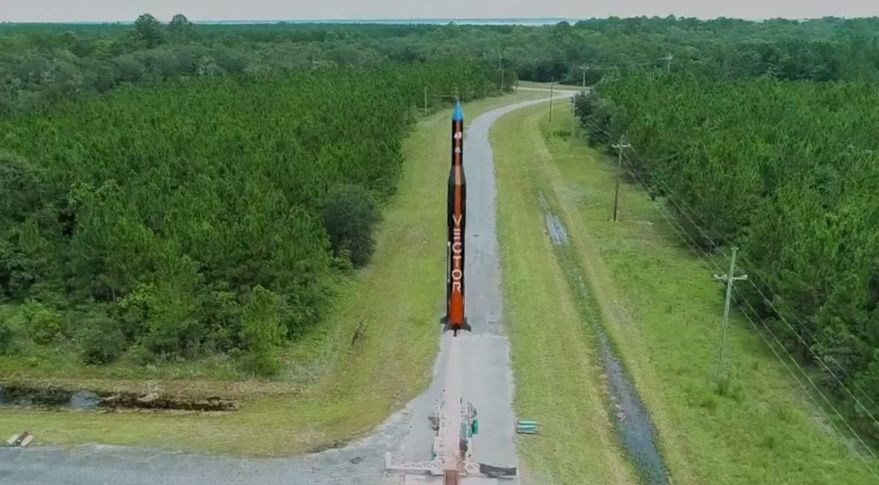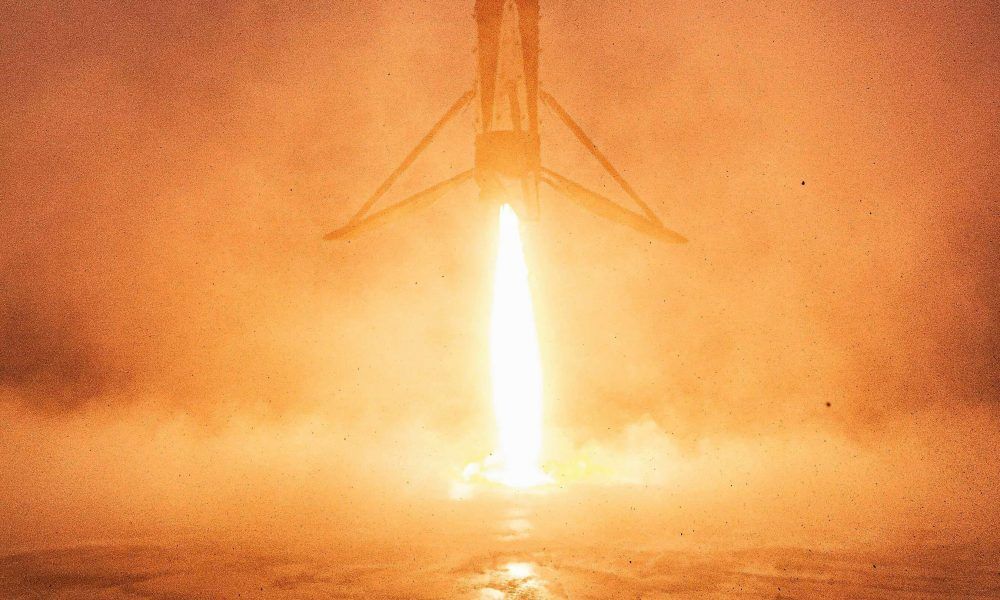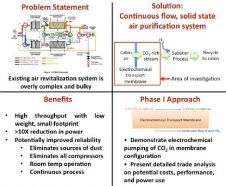This mission is going underground.
Satellite imagery taken over the past two decades shows that the toxic bioluminescent microorganisms responsible for China’s sparkling blue seas are becoming increasingly abundant.
New research published in Geophysical Research Letters is the first to use satellite data to track algal blooms consisting of red Noctiluca scintillans (RNS), a single-celled microorganism that produces the beautiful bioluminescent blue glow known as “blue tears.” These tiny sea creatures prefer coastal waters, especially along the coast of the East China Sea where they appear in the numbers required to produce the spectacular blue glow.
SpaceX has successfully launched a rocket carrying three Canadian satellites into orbit, the company’s seventh launch of the year.
At 7.17 A.M. Pacific time today, SpaceX’s Falcon 9 rocket lifted off from the Vandenberg Air Force Base in California. About eight minutes after launch, the first stage of the booster touched down at the company’s Landing Zone 4 near the launch site – only the second ever landing here.
This was also the second time this booster had launched, having gone to space previously on the historic first uncrewed demonstration mission of the Crew Dragon spacecraft in March this year. That mission launched from Cape Canaveral in Florida, whereas this was SpaceX’s 15th ever launch from Vandenberg of their 79 total launches.
Updated 5 p.m. Eastern with corrected quote provided by the company in final paragraph.
WASHINGTON — Small launch vehicle Vector has hired a new chief financial officer who previously held similar positions at Blue Origin and Sierra Nevada Corporation.
Vector announced June 12 Stephanie Koster as its new CFO, leading the company’s finance and business operations. Koster joined the company in March, according to her LinkedIn profile.
SpaceX has completed its last California Falcon 9 launch of 2019 and the company’s official pictures of the mission are unexpectedly spectacular considering the near-zero visibility incurred by coastal fog.
Lifting off on June 12th, Falcon 9 successfully delivered the Canadian Space Agency’s Radarsat Constellation Mission (RCM) – likely weighing ~5000 kg (11,000 lb) – to a 600 km (370 mi) sun-synchronous orbit (SSO). Made up of three separate Earth observation satellites, RCM has a combined value greater than $1 billion and has thus become the single most expensive payload – perhaps by as much as a factor of two – SpaceX has ever launched. Although disappointing, RCM made for a spectacular temporary finale to SpaceX’s West Coast launch activity, likely the company’s last Vandenberg Air Force Base (VAFB) mission for at least 6–9 months.
Solid State Air Purification System
Posted in space
Today, we want to point out a new publication that recently appeared in the Science Translational Medicine journal, as its authors have discovered a new mechanism by which the brain protects itself from the harmful α-synuclein protein aggregates associated with Parkinson’s and that may open the door to new therapies against these conditions.
To understand where these harmful protein aggregates come from, we should take a look at how proteins are created and what goes wrong during the process of proteostasis.
